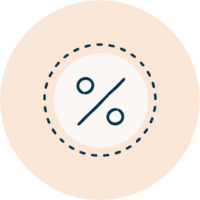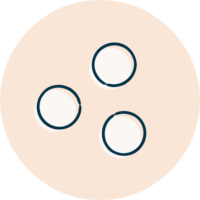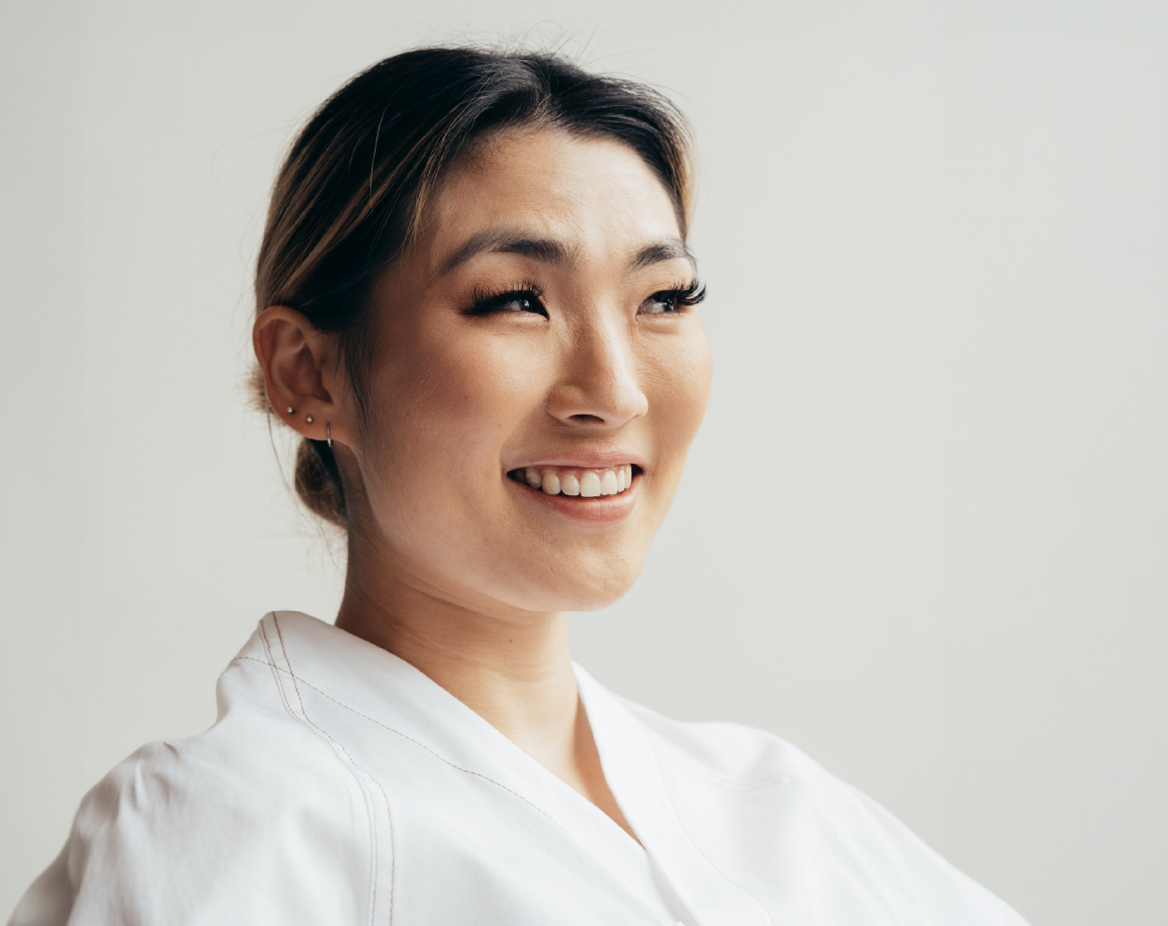Data from two published studies, as well as from our updated internal data, are used to provide an estimated live birth rate per frozen egg at each age. We then assume a normal (binomial) distribution of births among eggs to calculate the chances of having 1 and more than 1 child based on the number of eggs you have frozen and the age at which they were frozen. Click “Learn More” underneath each result to view the underlying data and to see how the estimates are calculated.
We will continue to update and publish our internal data semiannually and we will update the published studies and data as more become available. For now, the consistency of the Cobo et al. and Doyle et al. studies provides a good indicator of chances for success, particularly among individuals freezing their eggs before their 38th birthday. For individuals over 37 years old at the time of freezing, data are still limited.
Spring Fertility’s, Dr. Gaya Murugappan was awarded the Private Practice Research Award at the 2023 Pacific Coast Reproductive Society’s Annual Meeting for her paper, “Clinical Utilization and Outcomes over Eight Years Following Oocyte Cryopreservation.” Dr. Murugappan’s research shows that while all individuals were able to achieve successful babies from frozen eggs, that after age 37, embryo development rates in frozen/thawed eggs decline more significantly than would be expected based on age alone. This indicates that there may be a structural component in eggs that begins to degrade after age 37, results in a decreased ability to fertilize and develop normally post-freeze/thaw. This doesn’t mean that egg freezing won’t work after age 37, but that the rate of decline becomes steeper at that age. It is important to speak with your fertility clinic about your individual chances of success based on their data and have an open conversation about how best to support your goals.



